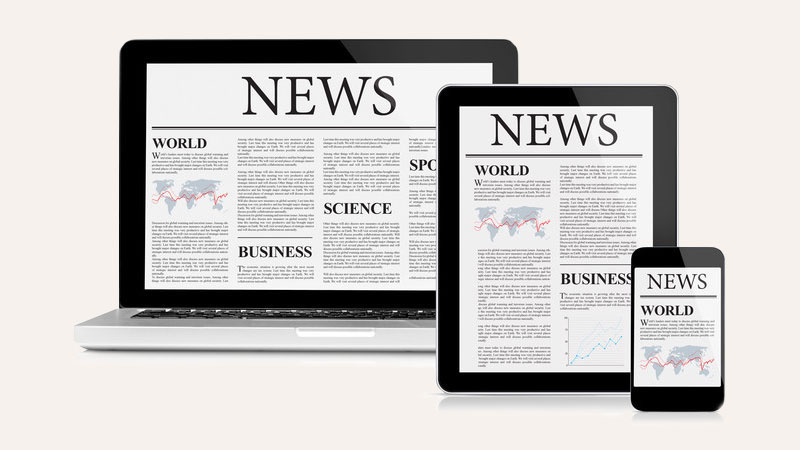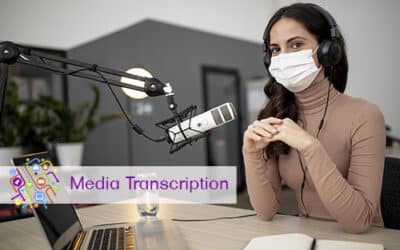There are few things that have revolutionized journalism more than the smartphone. Mobile journalism, which has been around for almost ten years, involves the use of a smartphone to create and edit images as well as audio and video recordings, which a media transcription company can convert into text format. Today, Mojos or mobile journalists use their smartphones for everything from podcast and documentary creation to live streaming and videos for TV news and videos for social platforms.
Smartphone journalism offers many advantages, according to the Mobile Journalism Manual:
- Affordable: Using a professional video recording app along with an external microphone and tripod, Mojos can create television-quality video with their smartphone. This has made multimedia storytelling affordable for journalists as well as for other professionals who need to tell a story succinctly.
- Portable: A mobile journalist’s tools are easy to carry around and usually include a phone with a fast processor and access to cradles, lenses, lights, microphones, apps, a tripod, a microphone, a USB stick, a media streamer, and a set of headphones.
- Inconspicuous: A smartphone is a valuable Mojo tool for journalists as it allows them to operate discreetly. Mobile devices have access to places where a TV crew may be denied access.
- A holistic media device: The Mobile Journalism Manual refers to the smartphone as a “holistic journalism device”. Smartphone reporting combines journalism, videography, photography, writing, editing and publishing. Besides video production, smartphones can also be used to file for radio, online and social media, take quality photos, produce and publish podcasts, phone interviewees, and get directly feedback from the audience.
- More efficient method of interviewing: A Reuters Institute study found that people find smartphones less intimidating. This makes interviewing easier for mobile journalists. The European Journalism Observatory (EJO) article reported on a field experiment wherein a mobile journalist could persuade many more people to take part in vox pop interviews than a two-person TV crew. People are also more likely to open up when interviews are conducted using a smartphone.
- Quick turnaround: Mobile devices simplify and speed up the process of getting content from the field to the audience. Some stories happen so suddenly they need to be reported before a team arrives. With a smartphone, and easily gather, produce and deliver stories live from the field. As a Global Editors Network report points out that BBC and the Guardian are two major global news organizations that have been setting the standards in delivering high quality, innovative journalism on mobile.
- Larger variety of formats: Today’s smartphones allow journalists to tell their story using a large variety of formats. They can quickly produce different types of videos for social media and straight from their device. Options range from traditional broadcast-style video stories to crowdsourcing on Snapchat. Videos can be produced to suit a range of situations such as live streaming, whether the audience will be watching on desktop or mobile, or watching with the sound on or off. They can include simple graphics into their report to help explain specific issues, and do much more.
However, mobile journalism is not without challenges. In a recent journalism.co.uk report, Nicolas Becquet, a journalist and digital platforms manager for the Belgian daily L’Echo, explains that Mojo is a complementary activity as a journalists operating with just a smartphone cannot produce the same quality as a TV crew. According to him, a recent iPhone complemented by professional accessories and apps, when used with professional know-how can be a valuable tool for a director or TV crew or documentary maker.
In a recent interview, Marc Settle, smartphone reporting trainer at the BBC toldjournalism.co.uk that storage capacity, power and connectivity are the three “pillars” of mobile journalism. If data network is really bad, Settle recommends sending simple text messages to a service that converts them into postings on Twitter or Facebook, instead of sending them to single persons. However, poor connectivity poses a major challenge when it comes to sending big amounts of data. Connectivity is important for loading larger video files and good internet speed is crucial for uploading the files quickly. This means that to do their work efficiently, mojos always needs to find acceptable network coverage.
Settle also says that using a smartphone without a SIM lock would be useful. Problems would come up if the phone had only one SIM card and the network is blocked. Many mojos address this concern by carrying two phones with different providers so that they can use the phone that offers better connectivity. Nevertheless, even without good network coverage, Settle notes that smartphones are a really useful tool as they allow journalists to record in radio or TV quality, edit and send after returning to the office.
With a smartphone, journalists can be ready to report when something happens. Interviews and reports need to be transcribed and recorded for future reference. Converting videos of interviews and news reports into text files would also add integrity to the stories. For busy journalists, outsourcing transcription services is the best option to manage this time-consuming, tedious task.




